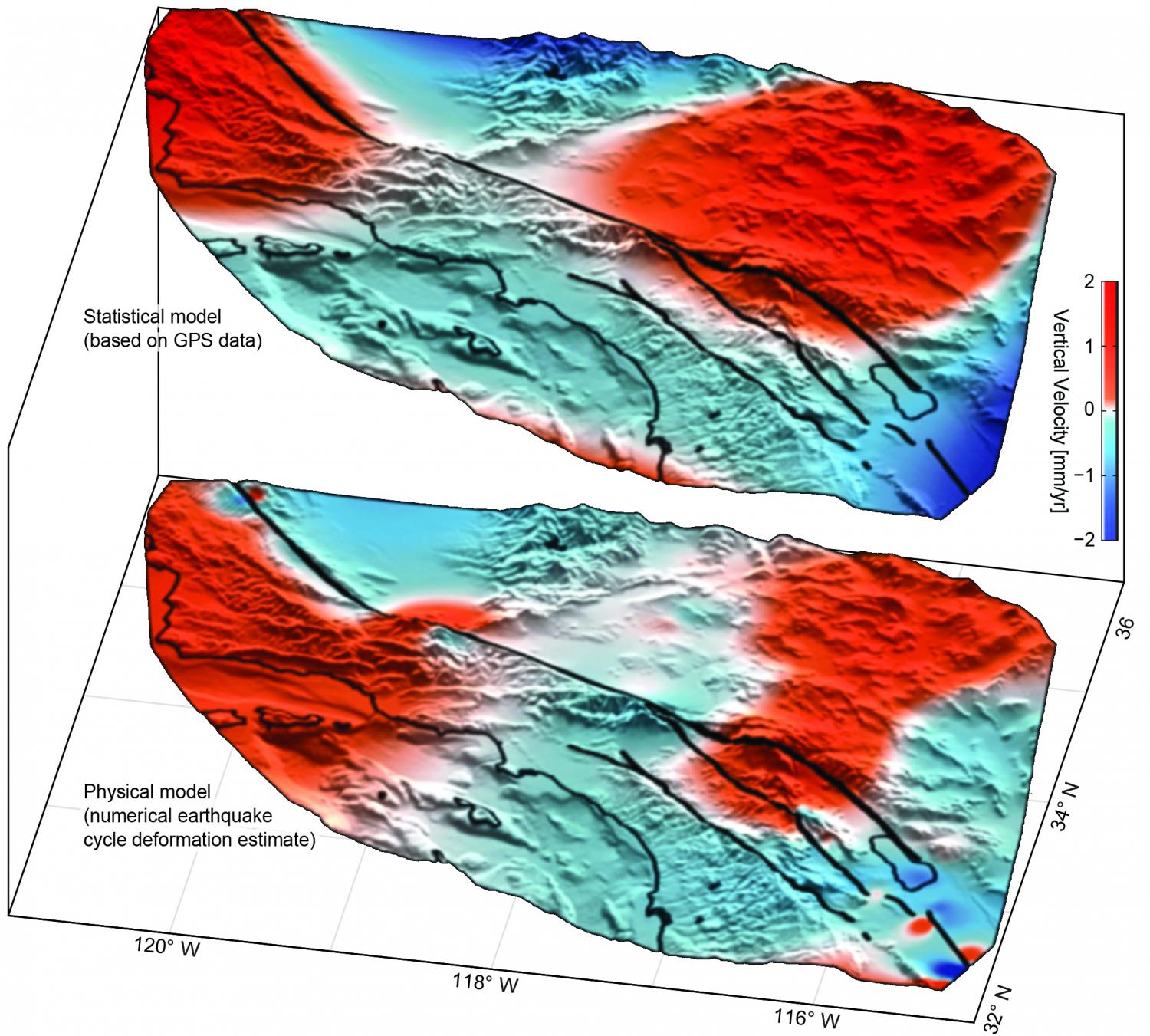San Andreas Fault: GPS reveals constant, large-scale motion around California system
- By Hannah OsborneJune 20, 2016
 The San Andreas FaultLeohotens/CC
The San Andreas FaultLeohotens/CCConstant large-scale motion has been detected at the San Andreas Fault System in Southern California, confirming movement previously predicted by models – but never before documented. The discovery will help researchers better understand the fault system, and its potential to produce the next big earthquake.
Samuel Howell, from the University of Hawai'i at Mānoa, and colleagues found a 125km stretch of land straddling the fault experiencing uplift and subsidence of a few millimetres every year. Their findings, published in Nature Geoscience, used an array of GPS instruments to discern between noisy tectonic motion and the more subtle, local movements.
GPS records of vertical and horizontal movements help scientists understand changes to the Earth's surface. Horizontal movements between earthquake events are "largely predictable", but vertical motions as a result of tectonic activity "remain enigmatic".
Horizontal movement can be caused by a number of things, including groundwater pumping, precipitation, surface geology and tectonic motion of the Earth's crust. Howell and the team sought to tease out the latter. Their findings showed large-scale motion at the fault.
 Uplift (red) and subsidence (blue) around the San Andreas Fault System based on GPS data (top) confirms motion predicted by previous models (bottom).Howell et al., 2016.
Uplift (red) and subsidence (blue) around the San Andreas Fault System based on GPS data (top) confirms motion predicted by previous models (bottom).Howell et al., 2016."While the San Andreas GPS data has been publicly available for more than a decade, the vertical component of the measurements had largely been ignored in tectonic investigations because of difficulties in interpreting the noisy data," Howell said. "Using this technique, we were able to break down the noisy signals to isolate a simple vertical motion pattern that curiously straddled the San Andreas fault."
Bridget Smith-Konter, who had previously predicted earthquake cycles of this kind in models, said: "The powerful combination of a priori model predictions and a unique analysis of vertical GPS data led us to confirm that the build-up of century-long earthquake cycle forces within the crust are a dominant source of the observed vertical motion signal."
The team said their findings will help understand the behaviour of faults when there have been no major earthquakes for decades. They also said it could be used to improve seismic hazard estimates for California ahead of the next big earthquake.
--
__._,_.___
No comments:
Post a Comment